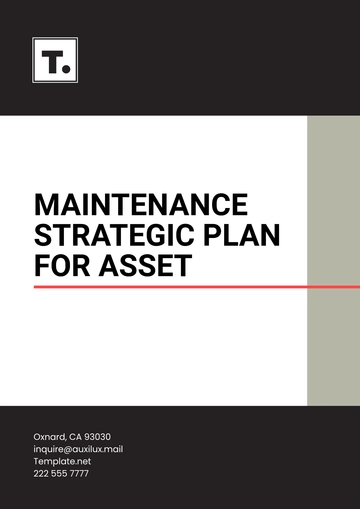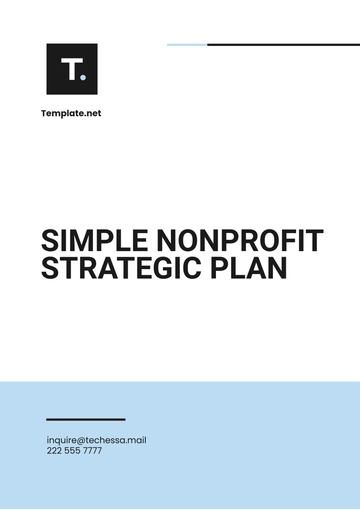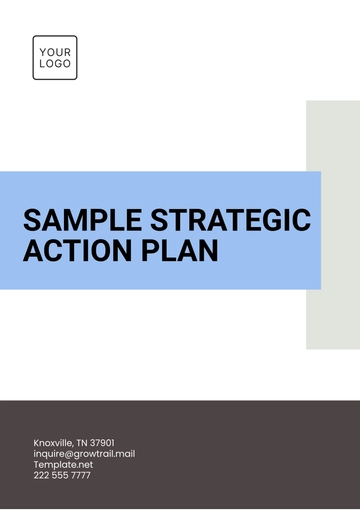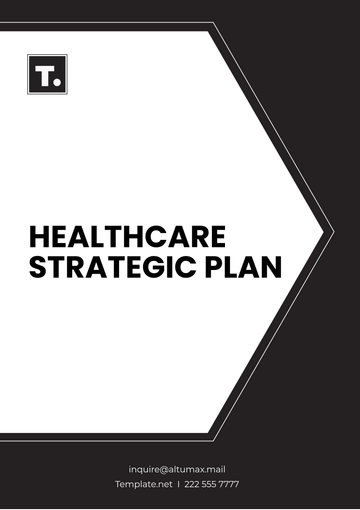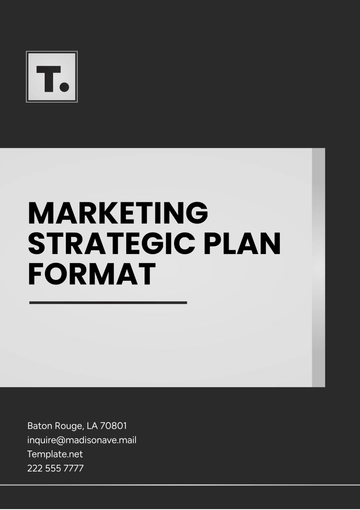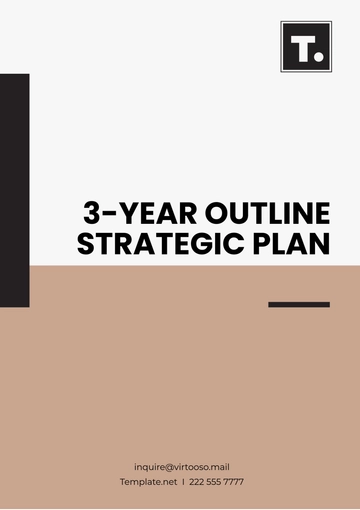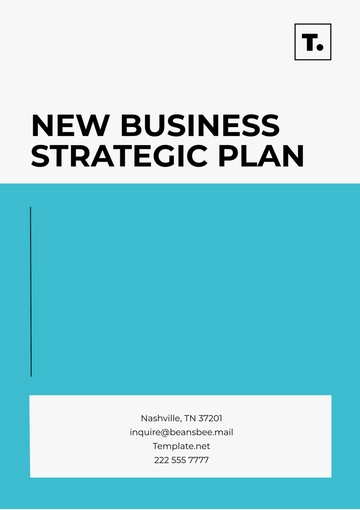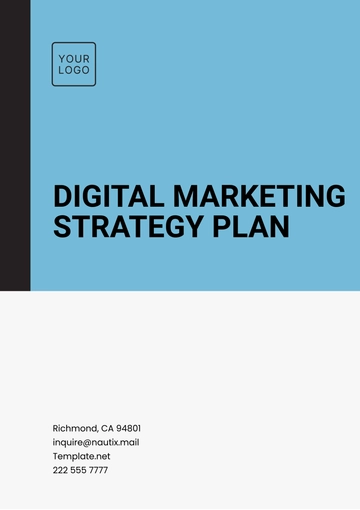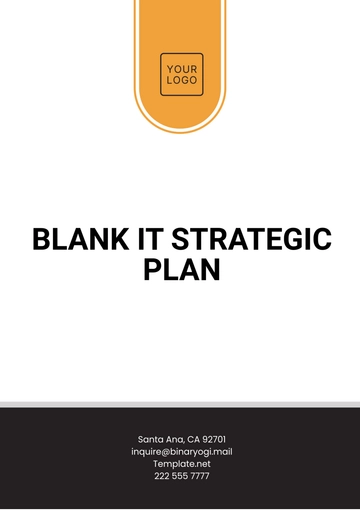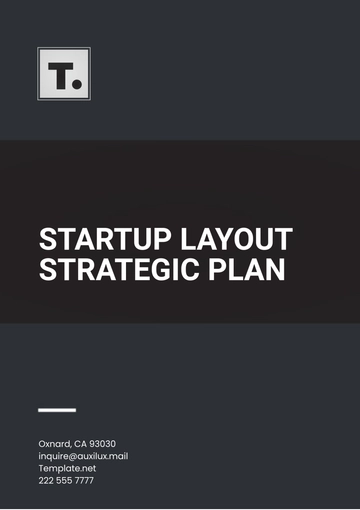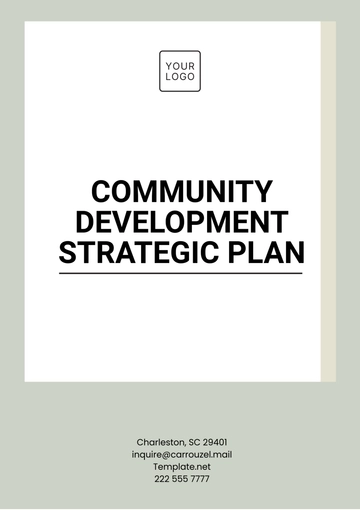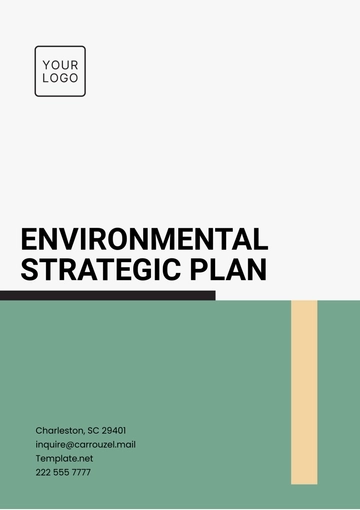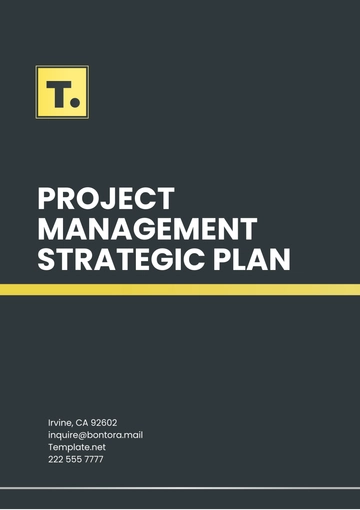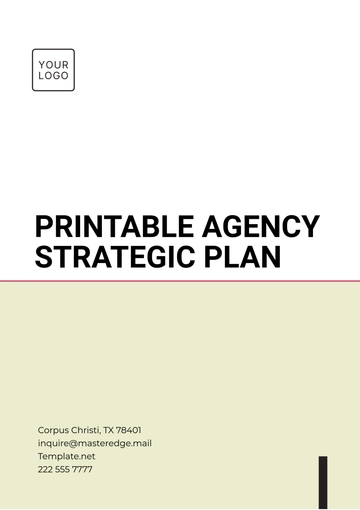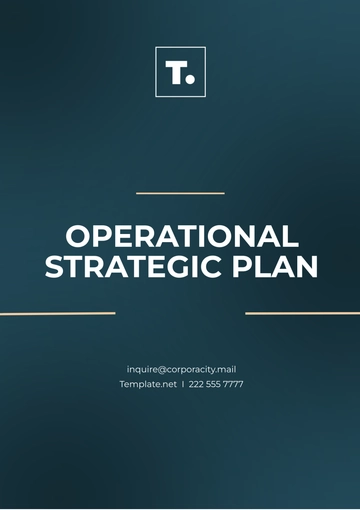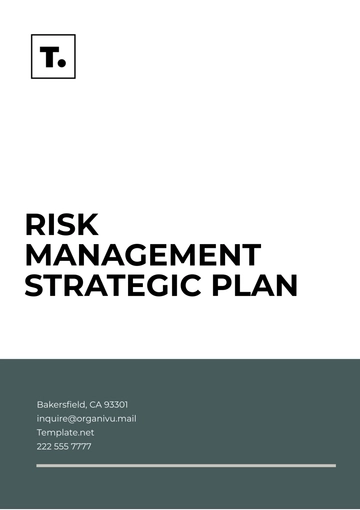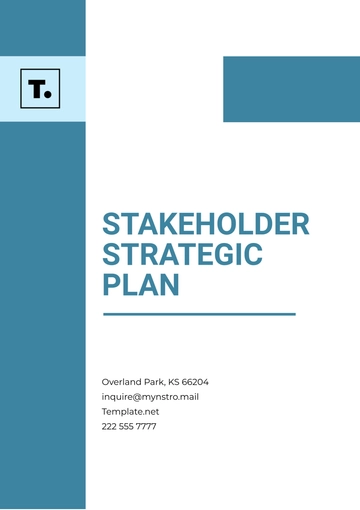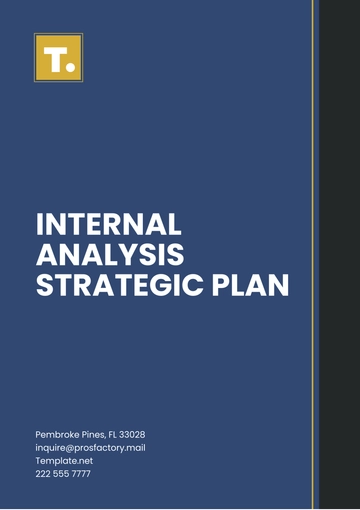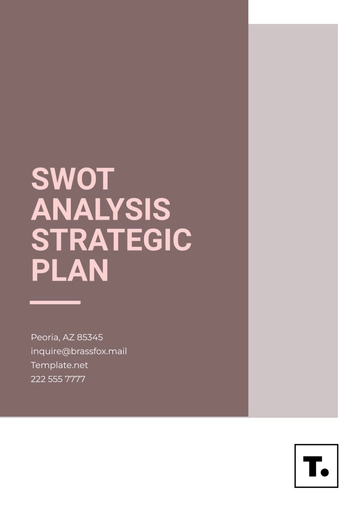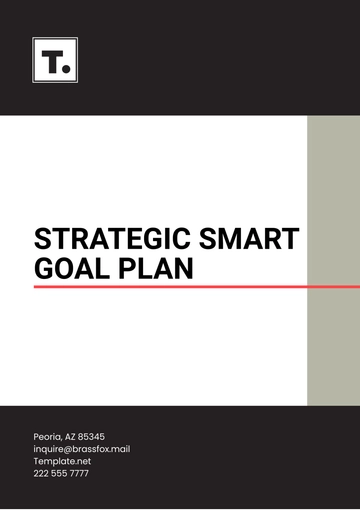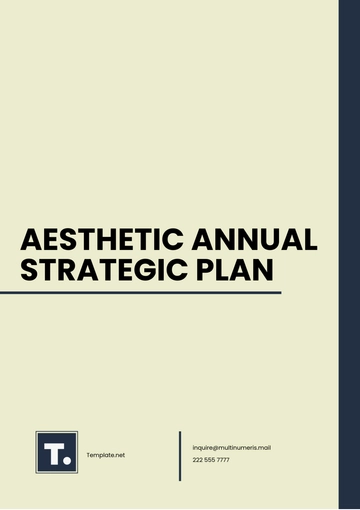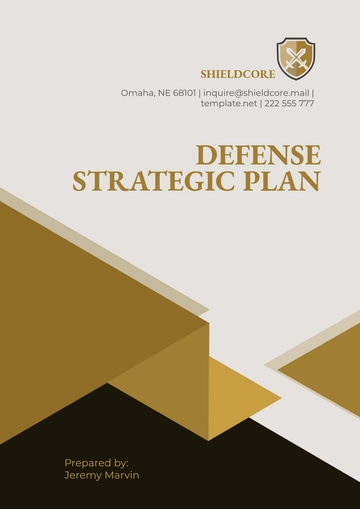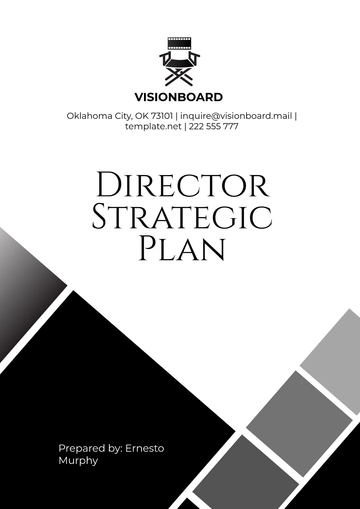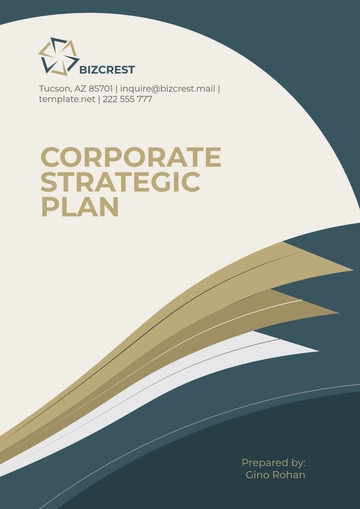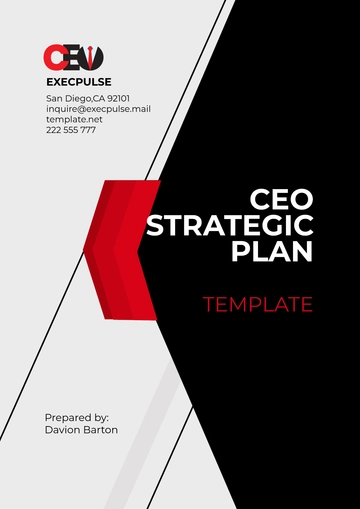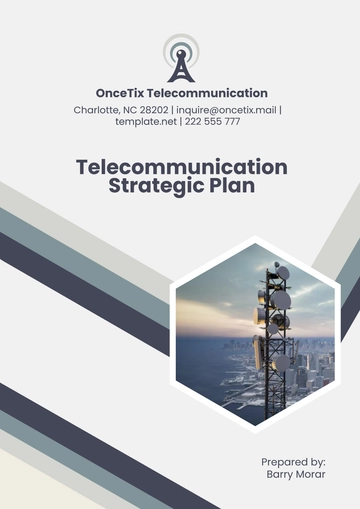Free Human Resources Strategic Plan
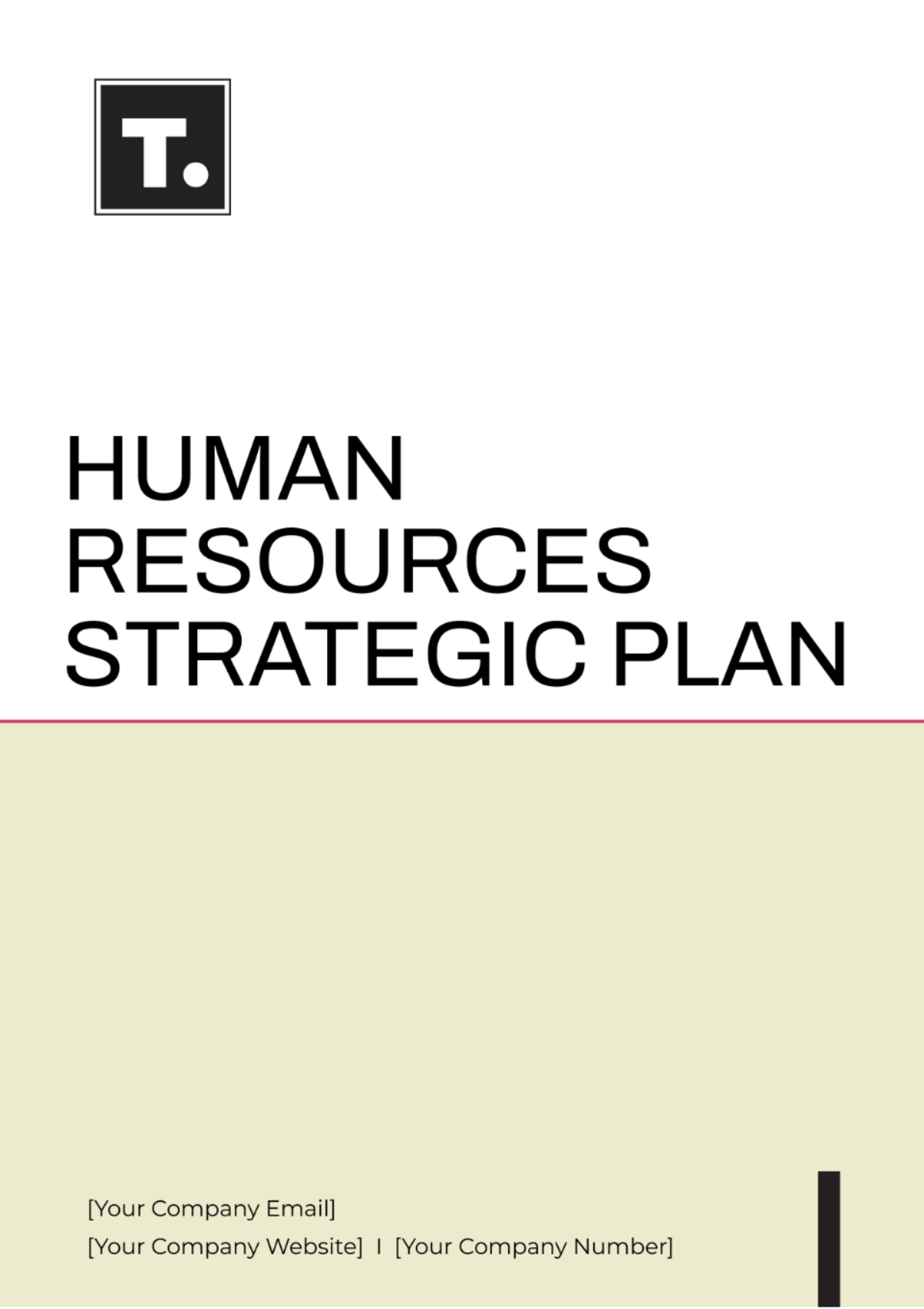
Name | [YOUR NAME] |
|---|---|
Company | [YOUR COMPANY NAME] |
Date | [DATE] |
I. Executive Summary
This document presents the Human Resources Strategic Plan for [YOUR COMPANY NAME], a prominent technology firm. The plan aims to facilitate the attraction, recruitment, and retention of top talent, aligning with the company's dynamic requirements and distinct organizational culture. Through concise objectives, strategies, and expected outcomes, the summary provides an overview of the plan's key components and its role in driving growth and efficiency within the organization.
II. Introduction
A. Organizational Overview
[YOUR COMPANY NAME] is a leading technology company specializing in software development and IT solutions. Our mission is to empower businesses through innovative technology solutions that drive growth and efficiency.
B. Purpose of the Strategic Plan
The purpose of this Human Resources Strategic Plan is to ensure that [YOUR COMPANY NAME] attracts, recruits, and retains top talent in alignment with its dynamic needs and unique company culture.
III. Environmental Analysis
A. Internal Analysis
Strengths: [YOUR COMPANY NAME] boasts a highly skilled workforce, a supportive work environment, and a strong company culture.
Weaknesses: Internal processes for talent acquisition and retention could be optimized to better align with organizational goals.
B. External Analysis
Market Trends: The technology sector is experiencing rapid growth, leading to increased competition for top talent.
Regulatory Changes: Changes in labor laws and regulations may impact recruitment and retention practices.
IV. Goals and Objectives
A. Goal 1: Enhance Recruitment Processes
Objective 1.1: Implement an applicant tracking system to streamline the recruitment process and improve candidate experience.
Objective 1.2: Launch targeted recruitment campaigns to attract diverse candidates with the skills and expertise required for key roles.
B. Goal 2: Develop Employer Branding
Objective 2.1: Revamp the company career site and social media presence to showcase [YOUR COMPANY NAME]'s unique culture and employer brand.
Objective 2.2: Partner with industry influencers and participate in relevant events to increase brand visibility and attract top talent.
C. Goal 3: Improve Employee Retention
Objective 3.1: Conduct employee engagement surveys to identify factors influencing turnover and develop targeted retention strategies.
Objective 3.2: Enhance career development programs and opportunities for internal mobility to encourage employee growth and loyalty.
V. Strategies and Initiatives
A. Recruitment Strategy
Develop targeted recruitment campaigns to attract candidates with the desired skills and qualifications.
Utilize technology and data analytics to optimize recruitment processes and improve candidate experience.
B. Employer Branding Initiatives
Showcase [YOUR COMPANY NAME]'s culture, values, and employee benefits through various communication channels.
Engage current employees as brand ambassadors to amplify the employer brand externally.
C. Retention Programs
Implement career development programs, mentoring initiatives, and recognition schemes to foster employee loyalty.
Conduct regular employee feedback surveys and exit interviews to identify areas for improvement and address issues proactively.
VI. Implementation Plan
A. Timeline
Q3 2024: Launch applicant tracking system and revamp career site.
Q4 2024: Initiate targeted recruitment campaigns and employee engagement surveys.
Ongoing: Implement retention programs and monitor progress.
B. Responsible Parties
HR Director: Overall implementation and coordination.
Recruitment Team: Execution of recruitment strategies.
Employee Engagement Committee: Implementation of retention initiatives.
C. Resources Needed
Budget allocation for technology upgrades, recruitment marketing, and employee development programs.
Staffing resources for recruitment, employer branding, and HR analytics.
VII. Monitoring and Evaluation
A. Key Performance Indicators (KPIs)
Time-to-fill for key positions.
Employee turnover rate.
Candidate satisfaction scores.
Employee engagement survey results.
B. Monitoring Mechanisms
Regular review meetings to track progress against objectives.
Quarterly reporting on KPIs and milestones.
C. Evaluation Criteria
Achievement of recruitment targets.
Improvement in employee retention rates.
Enhancement of employer brand recognition.
VIII. Conclusion
This Human Resources Strategic Plan serves as a roadmap for [YOUR COMPANY NAME] to optimize its HR practices and ensure the alignment of talent management strategies with organizational goals and values. By enhancing recruitment processes, developing employer branding, and implementing targeted retention programs, [YOUR COMPANY NAME] aims to attract, recruit, and retain top talent to support its continued growth and success.
- 100% Customizable, free editor
- Access 1 Million+ Templates, photo’s & graphics
- Download or share as a template
- Click and replace photos, graphics, text, backgrounds
- Resize, crop, AI write & more
- Access advanced editor
Maximize your HR efficiency with Template.net's Human Resources Strategic Plan Template. Tailor your HR strategies effortlessly with this customizable and editable template, designed to streamline your processes. Crafted with precision, it offers flexibility to adapt to your organization's needs. With the included AI Editor Tool, creating a comprehensive strategic plan has never been easier.
